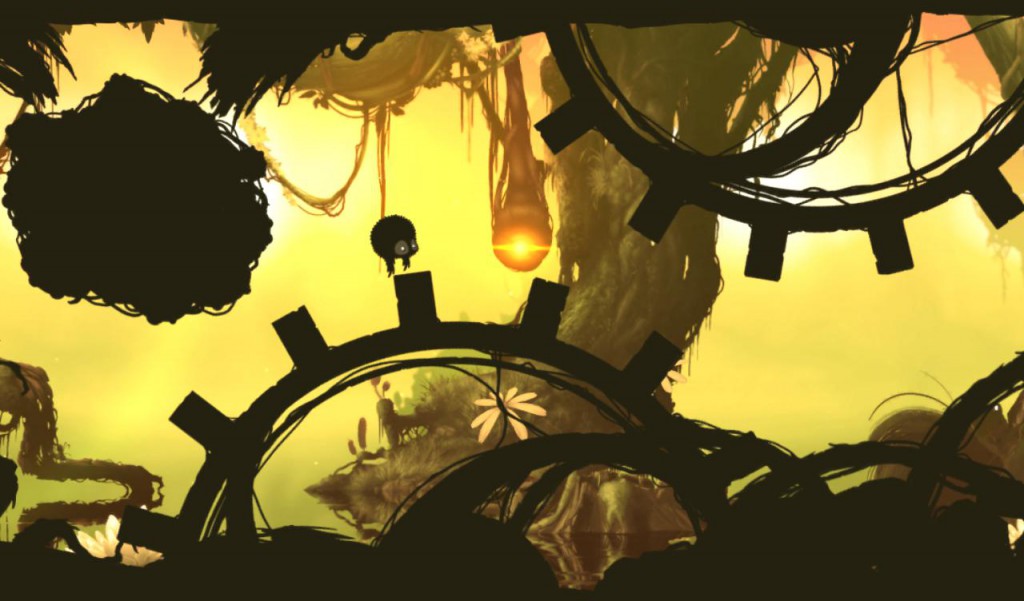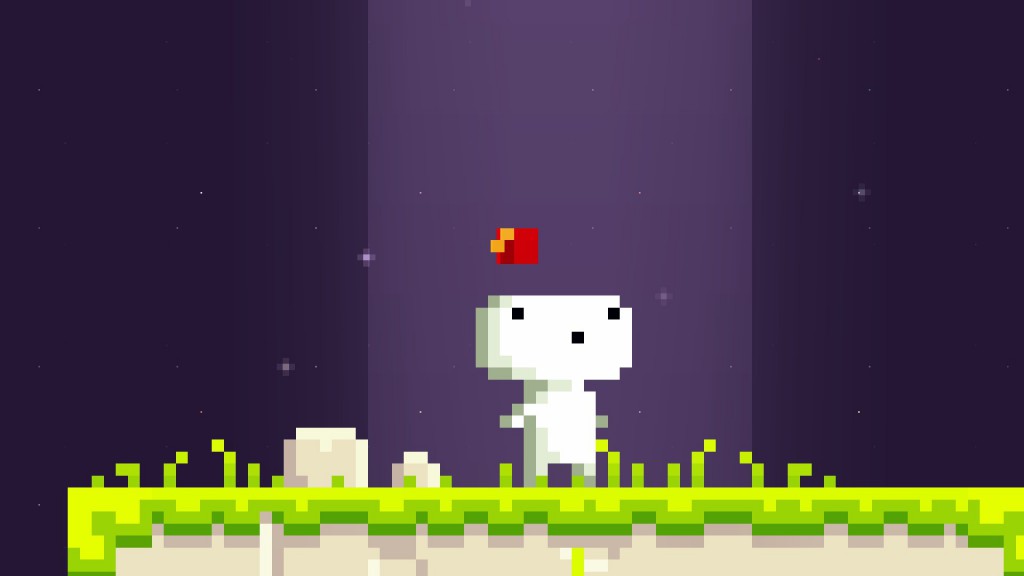Jag är alldeles för känslig för att spela vissa spel. Nu när jag spelade igenom Brothers – a Tale of Two Sons så porlade tårarna ner längs mina kinder vid mer än ett tillfälle. Jag som ju borde vara en stenhård tuffing.
Historien inleds när lillebror sörjer vid sin drunknade mors gravsten. Storebror ropar efter honom, deras far har blivit svårt sjuk. Tillsammans hjälps de båda bröderna åt att flytta pappa till byns läkeman så att han kan få den vård han behöver, men läkemannen kan inte göra något åt sjukdomen om han inte får ett vattenskinn fyllt med helande sav från ett stort magiskt träd. Efter att ha fått en kort beskrivning av färdvägen ger sig bröderna iväg mot trädet, och på vägen råkar de ut för många äventyr och problem som bara kan lösas genom samarbete.
Den stora spelmässiga poängen med spelet är just samarbetet, vilket kan kännas lite märkligt i ett solospel. Spelet styrs lämpligast med en kontroll från en spelkonsol – jag använde min PS3-kontroll – men det går även att använda ett tangentbord, även om det är lite bökigt. Storebror styrs med den vänstra pinnen, och den vänstra knappen, medan lillebror styrs med de högra motsvarigheterna. Det styrsystemet är lika enkelt som det är genialt, men det sätter koordinationen på prov emellanåt. Jag försökte till sist att alltid ha storebror till vänster i bild för att förenkla för min stackars hjärna.
Stämningen i Brothers – a Tale of Two Sons är genuint mysig, åtminstone till att börja med. Efterhand kommer man till miljöer som blir allt vildare och farligare, men så länge man har en bror vid sin sida kan man klara allt. Jag gillar att det känns som att man är i en riktig saga, och inte någon disney-liknande historia. Jag gillar också att man kommer till platser där något stort har hänt innan man kommit dit, utan att man får reda på vad som egentligen har försigått. Man får istället lov att använda fantasin för att fylla i luckorna. På samma sätt är det med dialogen som spelet igenom sker helt och hållet på ett låtsasspråk men ändå är fullt förståelig med hjälp av lite fantasi.
Spelet är inte särskilt långt – det går säkert att klara det på mindre än två timmar om man skyndar sig. Men varför skulle man göra det när man kan strosa omkring i lugn och ro och njuta av äventyret? Eller i mitt fall: strosa runt och torka tårarna.





